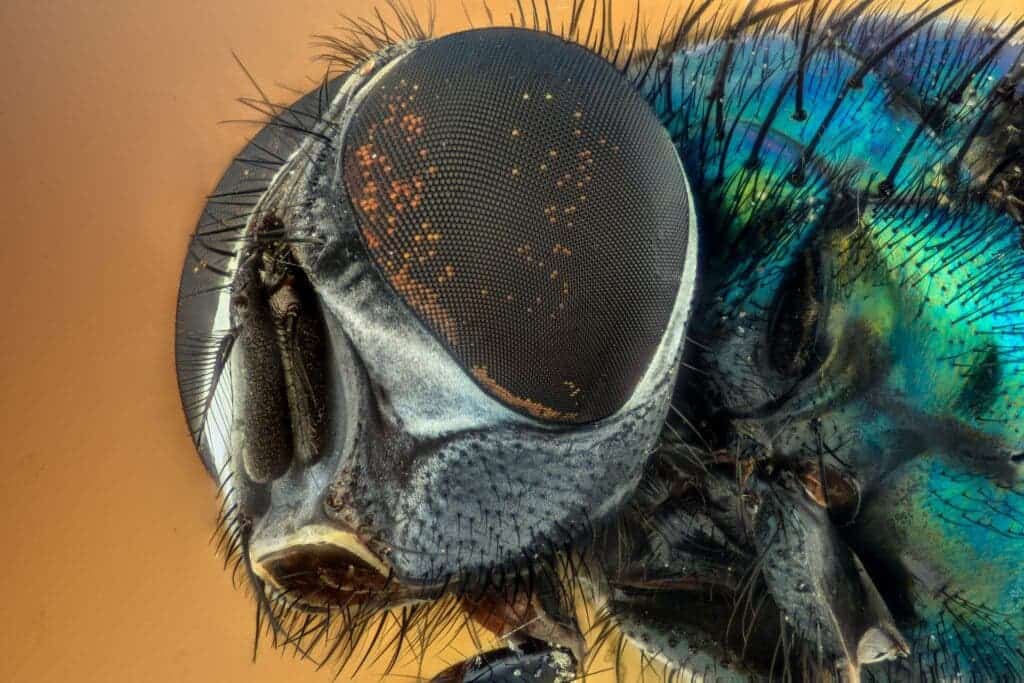Insects have complex anatomical features due to which the process of gene editing in many insect species like cockroaches has always been tricky for scientists. But a study recently published in the journal Cell Press reveals a promising solution to this problem.

A team of researchers from Japan’s Kyoto University has developed a technique called direct-parental (DIPA) CRISPR. According to their study, this CRISPR method (the already-famous “genetic scissor” can be employed for gene editing in more than 90% of insect species. Such a method could help scientists across the globe to overcome the various limitations and complications they face every time they try to alter an insect genome.
Discussing the research, senior author of the study and professor of agriculture at Kyoto University Takaaki Daimon said:
“In a sense, insect researchers have been freed from the annoyance of egg injections. We can now edit insect genomes more freely and at will. In principle, this method should work for more than 90% of insect species.”
Why bother editing insects
A report from the Smithsonian Institution reveals that there are 900,000 insect species (some other reports suggest the number could be as high as 1.5 million) and in terms of population, they are the largest group on Earth. The total number of insects at any given time is believed to be 10 quintillions (1019). Insects are closely related to agriculture, diseases, and various ecosystem services such as decomposition, pollination, and pest control that directly affect humans. Simply put, they shape the nature we see around us.
Plus, we derive an endless number of commercial benefits from insects in the form of medicines, textile products, edibles, etc. Genome editing practices in insects allow scientists to experiment with their genetic makeup and gain more information about their impact on nature and humanity, but until now, it has been a very difficult process.
Firstly, the current gene modification methods are very costly as they require a high-end setup and equipment. Then, they can be employed for only a limited number of insect species such as mosquitos and butterflies as they require mutations to be introduced at early embryo stages. Since many insects (like cockroaches) have complex reproductive systems and hard early embryo shells, injecting desired material into their embryo cells either becomes impossible or requires special tools and skills.
Therefore, often different gene-editing approaches are required in the case of different insect species depending on their anatomical and reproductive features.
“These problems with conventional methods have plagued researchers who wish to perform genome editing on a wide variety of insect species,” Daimon adds.
The advantages of direct-parental CRISPR in insects
DIPA or direct-parental CRISPR is a clustered regularly interspaced short palindromic repeats (CRISPR)-Cas9 method. It is a highly efficient and less time-consuming gene-editing technique that involves the use of a piece of guided RNA (gRNA) and Cas9 enzyme. The gRna detects the genome part of DNA that scientists want to modify in an organism and the Cas9 enzyme cuts the DNA strands containing the targeted genome.

When the DNA is damaged, the body cells of the organism initiate a repair mechanism, and finally, the original strand is replaced by desired modified DNA. Professor Daimon and his colleagues at Kyoto University performed an experiment with adult female cockroaches using the DIPA CRISPR-Ca9 method. Instead of inserting desired genetic material in the early embryo stage, they altered the genes in the female cockroaches by injecting Cas9 ribonucleoproteins (RNPs) into their body segment containing developing eggs.
After making changes in the cockroach genomes, the researchers found out that the percentage of successful mutation was about 22%. When they employed the same technique in red flour beetles, the efficiency rose to 50%. Interestingly, cockroaches and red flour beetles are not closely related to each other, which hints that the successful implementation of DIPA-CRISPR hints could be used for gene editing in different insect species.
Another advantage of the DIPA CRISPR technique is that it does not require any expensive equipment and can be easily performed with a gRNA piece and the Cas9 enzyme using a basic experimental setup. However, the technique is not yet fully developed and more research is required before it could be applied for the purpose of gene modification in all insect species.
“By improving the DIPA-CRISPR method and making it even more efficient and versatile, we may be able to enable genome editing in almost all of the more than 1.5 million species of insects, opening up a future in which we can fully utilize the amazing biological functions of insects.”, said Daimon.


